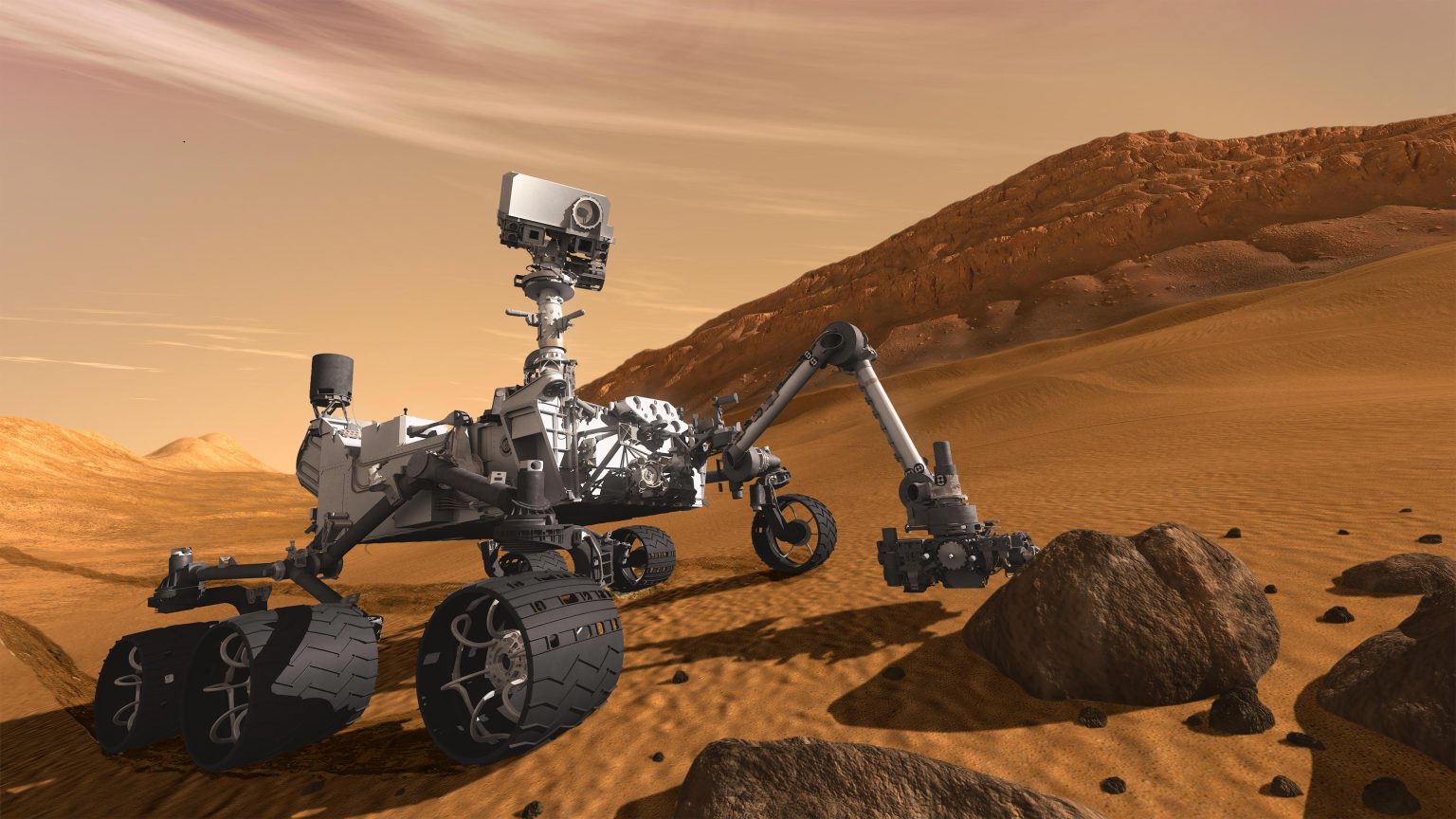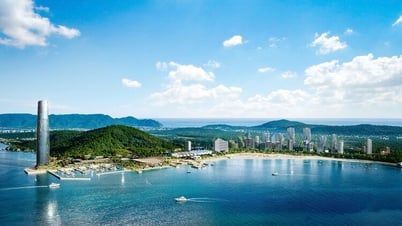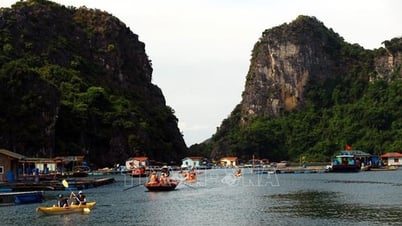(NLDO) - At the "valley of life" Gale Crater, the robot Curiosity has discovered new evidence of the climate evolution of the red planet.
Curiosity is one of NASA's life-hunting rovers sent to Mars, and the Gale Crater area it's exploring was once an ancient river delta.
Although it found the "building blocks of life" here a few years ago, Curiosity is still on the hunt for something more specific, including evidence of ancient organisms and geological evidence of a Mars that is believed to have once had a climate similar to ancient Earth.

Curiosity Robot on Mars - Graphic image: NASA/JPL-Caltech
Recently, some carbonate-rich mineral samples that Curiosity collected and preliminarily analyzed thanks to its mini "laboratory" in its belly have been studied more deeply by scientists using indirect tools from Earth.
“The isotopic values of these carbonate minerals indicate extremely high evaporation rates, suggesting they likely formed in a climate that could only support liquid water temporarily,” said Dr. David Burtt, of NASA's Goddard Space Flight Center.
This new discovery is not good news for life. “Our samples are not consistent with a surface biosphere on Mars, although this does not rule out the possibility of an underground or surface biosphere that began and ended before these minerals formed,” Dr Burtt explained.
As water evaporates, the lighter isotopes of carbon and oxygen are more likely to escape into the atmosphere, while the heavier isotopes are left behind, accumulating in larger amounts.
Thus, carbonate rocks inadvertently record the climatic history of the region in which they exist.
The isotopes NASA just recorded show that at least here at Gale Crater, there are two possible scenarios regarding the carbonate formation mechanism.
In the first scenario, carbonates are formed through a series of wet-dry cycles. In the second scenario, carbonates are formed in very salty water under cold conditions, forming ice.
These mechanisms represent two different climate regimes and also two different scenarios for the biosphere that is thought to have existed on the planet.
Wet-dry cycles would indicate a change between more favorable and more hostile environments, meaning that organisms here may have experienced periods of near-Earth-like environmental change.
In the second colder scenario, ancient Martian life would have had a much harder time than Earth life, if it ever existed.
Whichever scenario is correct, the journey for Curiosity and other life-hunting robots is still long.
Source: https://nld.com.vn/chien-tich-moi-cua-robot-nasa-2-kich-ban-ve-su-song-sao-hoa-196241011110645067.htm




































































































Comment (0)